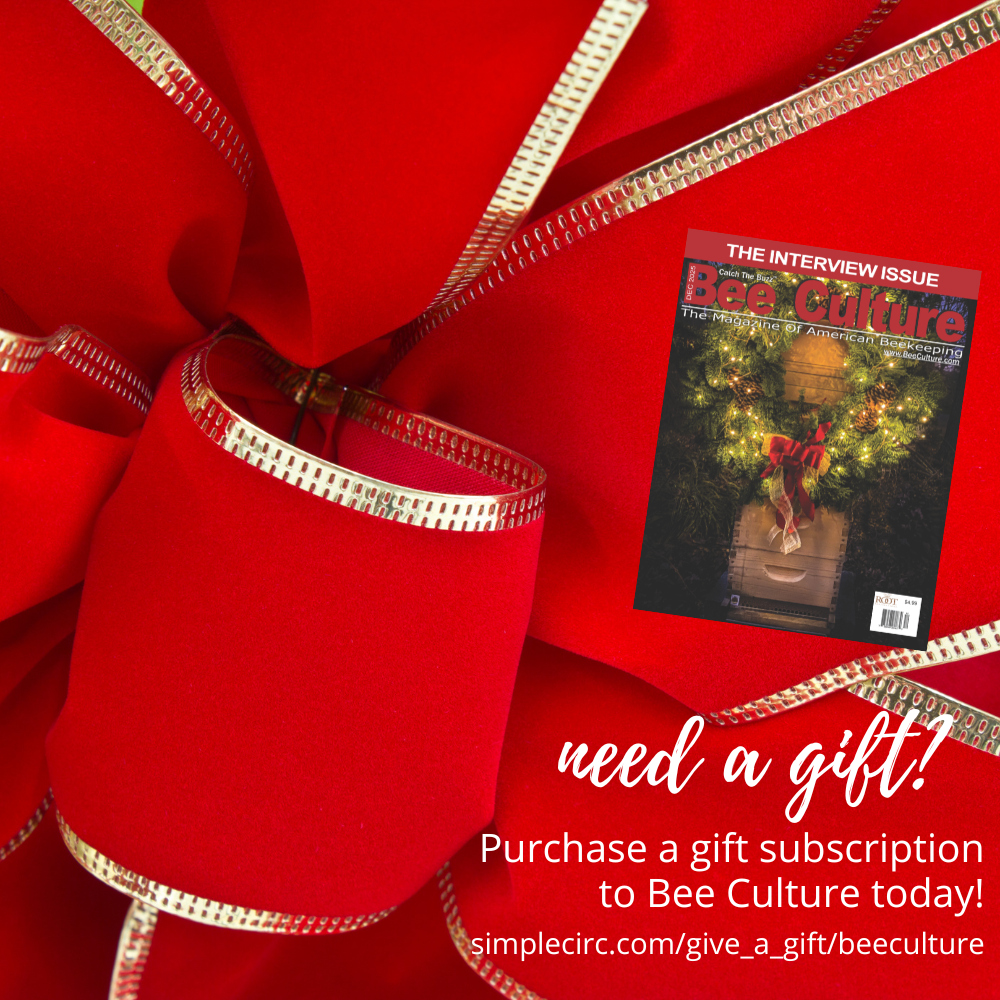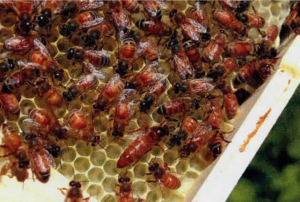By: Bill Mondjack, EAS Master Beekeeper
This article originally appeared in the Summer 2018 issue of BEEKeeping Your First Three Years
As answered by Bill Mondjack, EAS Certified Master Beekeeper.
Not all beekeepers work their colonies the same way. Anyone who has worked with me in the past knows that I do not do things by the book; I do what works for me. So when I answer a question I like to pass along my thoughts on what I would do if the situation in question happened to me.
Question 1: I am a newer beekeeper and fed my bees sugar syrup with a honey super on? Now I have a super that is full of what I assume is a mixture of capped honey and sugar syrup. What are my options and what would you do?
Bill says: I’ve heard this story quite a few times over the years. I think I am partially to blame (at least in my area) because I tell new beeks to feed until ALL the foundation is drawn into comb but what I really mean is: feed sugar syrup until all of your foundation IN THE BROOD CHAMBERS is drawn into comb, without any honey supers on the hive. What are your options? Well, you can leave that honey super on the hive and let the bees eat the sugar syrup honey or extract it and feed the syrup honey back to the bees if you want to keep this super just for honey and free of brood in the future. If you leave it on the hive the bees may eat some of this syrup honey as they need it during an upcoming drought period and refill it with honey from a Fall nectar flow but then the super will have a mix of pure natural honey and syrup honey, OK for the bees but I wouldn’t chance selling it as pure honey. If you choose to leave it on over winter there is a very good chance by early Spring the bees will have eaten their way into this super and the queen will have laid some brood in it, which darkens the combs and may be undesirable to some beekeepers. What would I do? If it were mine I would leave it on the hive.
Question 2: Three of my hives that overwintered last year have 2 year old queens from when the hives were installed. I hear/read recommendations to requeen hives periodically. How do you know when it is time to re-queen?
Bill says: Tough question, here’s my answer. The bees know more than we do! You can let the bees decide when to replace an old or failing queen within their colony. The belief is, and proven, by keeping a young healthy queen in each colony the colony has less of a tendency to swarm and you will have a stronger colony which produces more honey. Years ago (believe it or not) I’ve had productive queens last 3-4 years, now I hear of many recommendations to re-queen yearly. I do believe queens produced in early Spring from some of the commercial apiaries may not be mated as well and may run out of sperm prematurely. I believe a queen produced from your own or fellow beekeepers’ apiary may be superior so letting your hive re-queen itself is not necessarily a bad idea. I’ve been re-queening about every 2 years and I choose to do it during a strong nectar flow, the best queens are produced at this time. 111 pull the queen and place her in a nuc as a back-up in case the parent colony should fail to produce new queens but I have never had a colony in the middle of a nectar flow fail to raise new queen cells. This does not affect the honey production because all of the mature worker bees in the hive at this time were born weeks before the main flow.
Question 3: I am a backyard beekeeper and the location I have for my hives gets a lot of shade and stays damp for several days after a rain. There isn’t a sunnier/drier spot on my property to locate the hives. What can be done to minimize the moisture in the hives?
Bill says: We always read or hear to keep our bees in the sun with the entrance facing southeast so they wake up early in the morning and also to keep the western winds from hitting the entrance, then I think to myself: “when bees live in the hollow of a tree they are in the shade”, but they usually choose a higher location than we do. I know quite a few beekeepers who keep their apiaries in the shade with no ill effects BUT not in low lying wet areas. If you cannot find a better location for your bees I would suggest at the very minimum prop up your telescoping outer cover to help with ventilation and if you are using screened bottom boards you may want to keep the tray out for the Summer months. My best suggestion is to move your hives to a new drier location.











